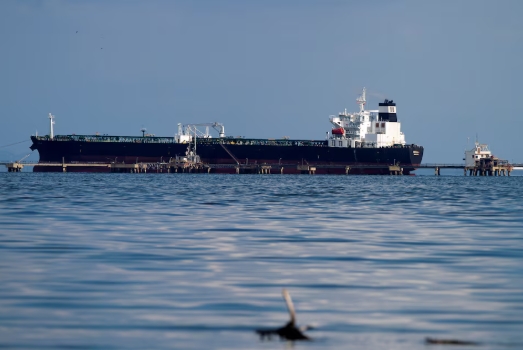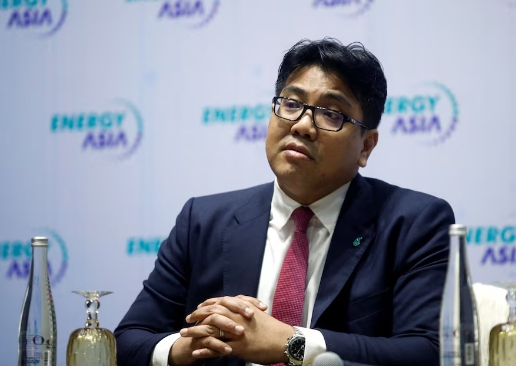
Oil tanker Kerala, chartered by Chevron, is being loaded in the Bajo Grande oil terminal at Maracaibo Lake, in the municipality of San Francisco, Venezuela, January 5, 2023.
In March, the U.S. Treasury Department set a deadline of May 27 for U.S. oil producer Chevron and other foreign partners and customers of Venezuela’s state oil company, PDVSA, to wind down operations and halt oil exports. Shortly after, Washington introduced tariffs on buyers of Venezuelan oil and gas. These actions led to a suspension of tanker loadings at the main Jose port and delays at smaller terminals, as traders and importers hesitated to continue shipments.
Initially, several vessels undocked from Jose and moved offshore. Now, many have returned to complete their loading and are departing Venezuelan waters for destinations like India and China, based on PDVSA’s internal documents and shipping data. A PDVSA source explained: “There was a panic moment when the vessels undocked, but they later received instructions to complete their cargoes.” As of Wednesday, crude allocated to Chevron for the U.S., Reliance Industries for India, and intermediaries for China was being shipped out.
China remains Venezuela’s largest oil buyer, taking in about 480,000 barrels per day (bpd) of crude and fuel this year, both directly and through intermediaries. The U.S. follows with 250,000 bpd, India with 63,000 bpd, and Europe with 44,000 bpd. In China, independent refiners, known as teapots, are key importers of Venezuela’s heavy crude. Last month, some paused purchases due to the tariffs, turning to Brazilian and West African crudes instead, while awaiting clarity on supply and pricing.
PDVSA is adjusting its strategy by focusing on domestic refining in the second half of the year, aiming to process more oil locally and reduce reliance on exports. Meanwhile, crude cargoes to Chevron, Reliance, and China suggest Venezuela’s oil exports will persist in the near term. However, analysts predict a potential drop in output of 150,000 to 350,000 bpd by year-end if the wind-down period isn’t extended or tariffs remain, following last year’s production of 921,000 bpd as reported to OPEC.
European partners like Eni and Repsol, working with PDVSA, are negotiating with Washington for exemptions to continue production in Venezuela, even if exports are limited. Separately, the loading delays have led to increased crude shipments planned for Cuba, a close partner of Venezuela, this month, according to the documents.
The situation reflects a complex balance for Venezuela’s oil sector, with exports resuming despite earlier disruptions, while long-term output faces uncertainty due to external measures and shifting buyer behavior.




